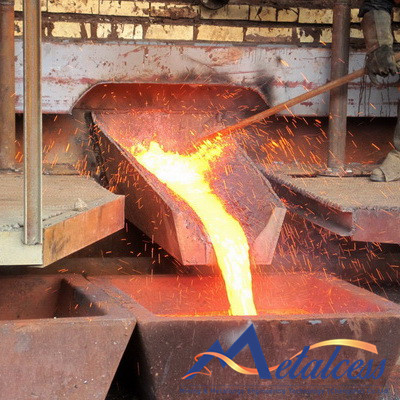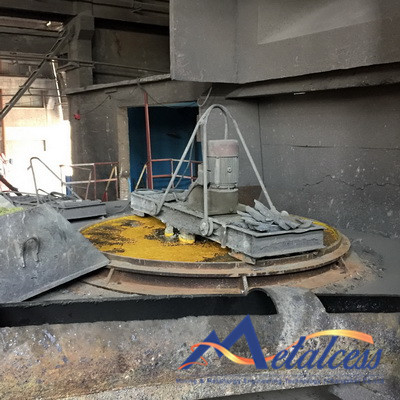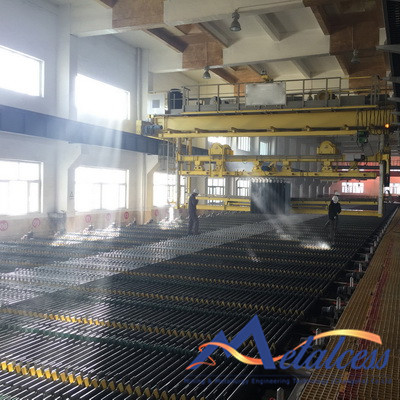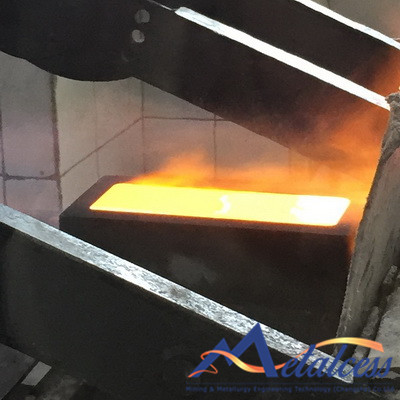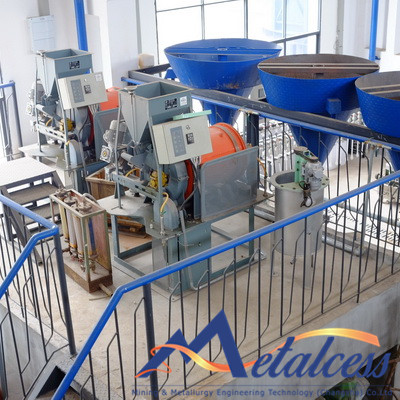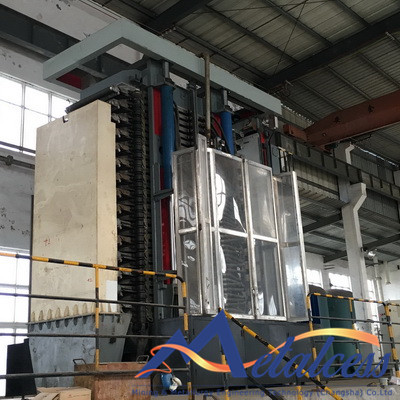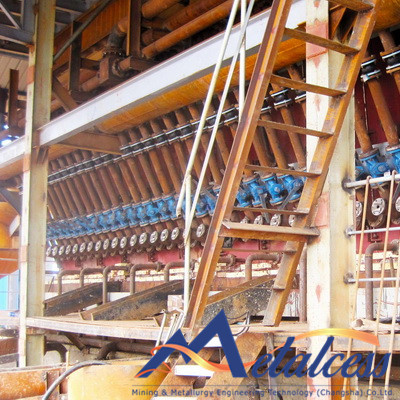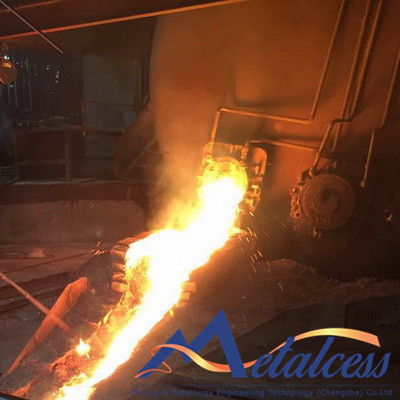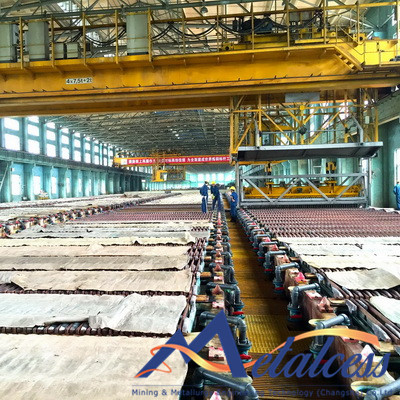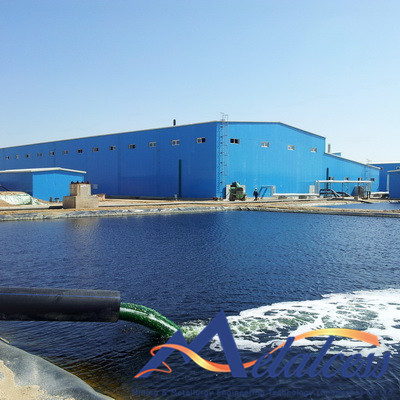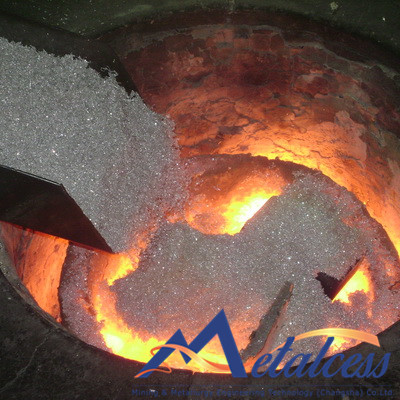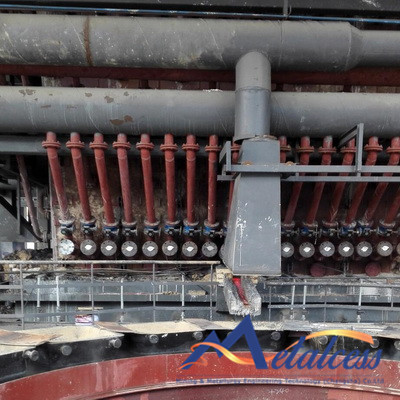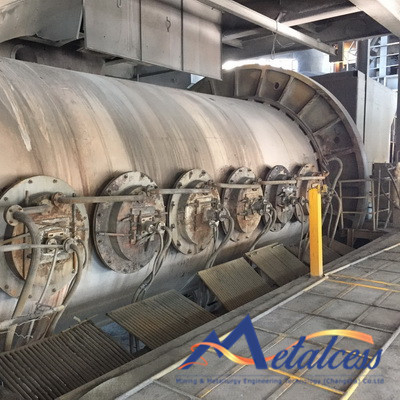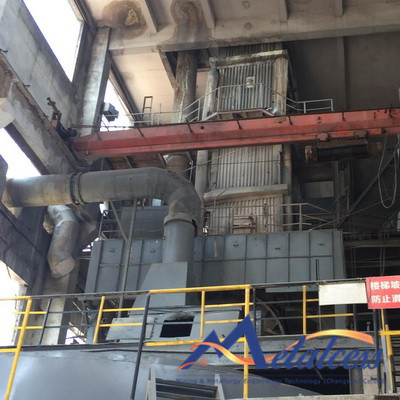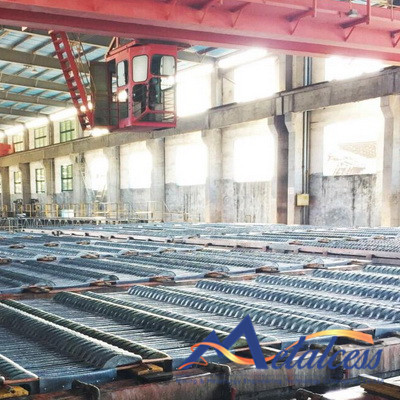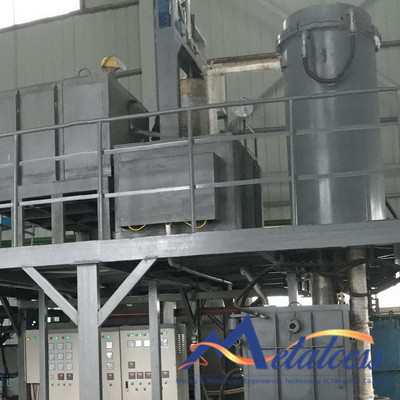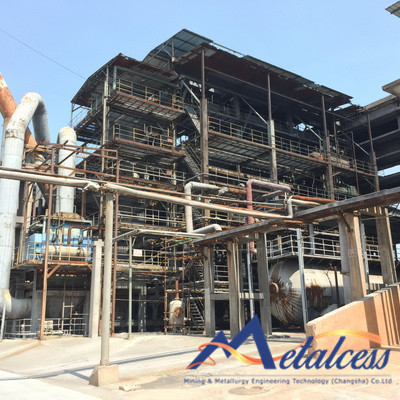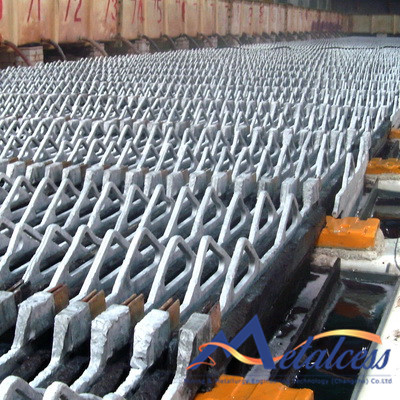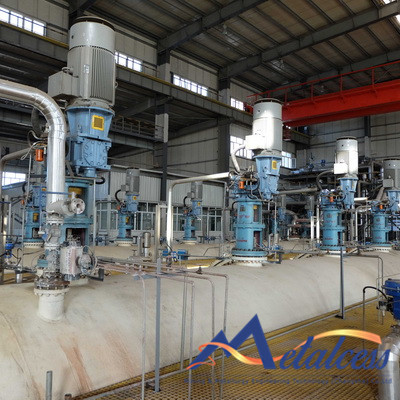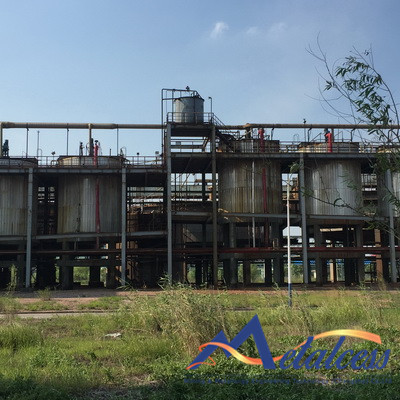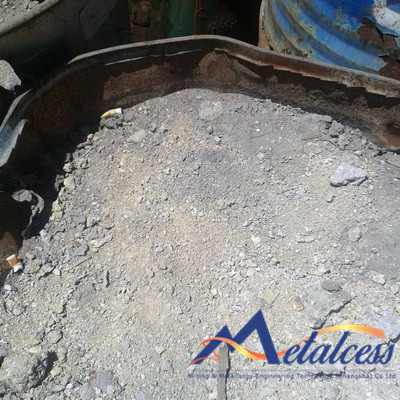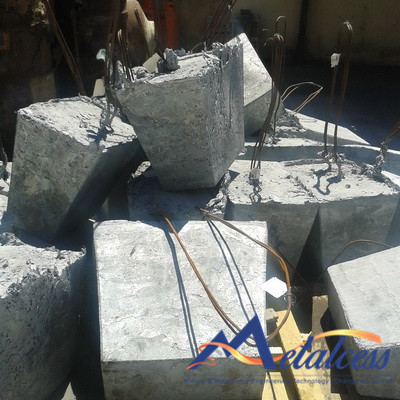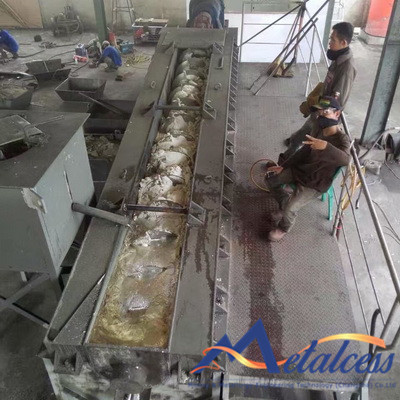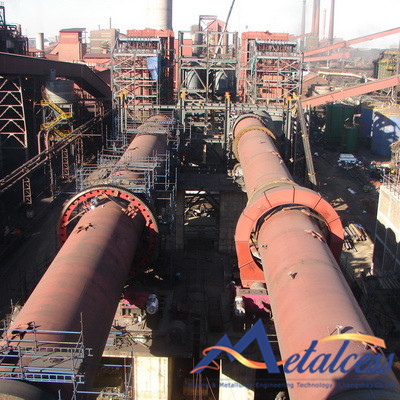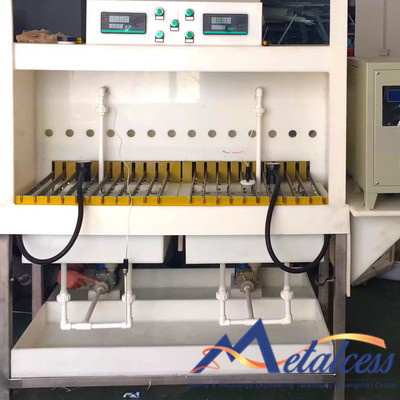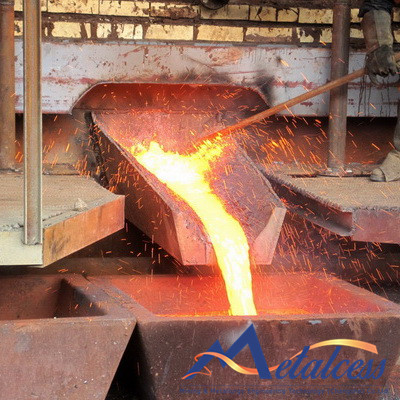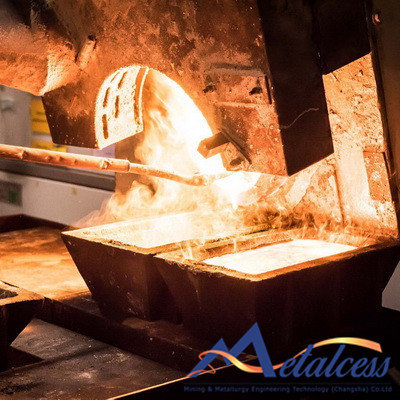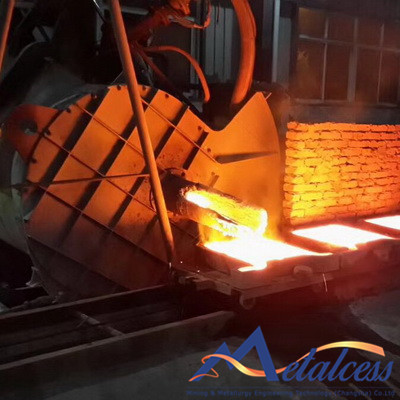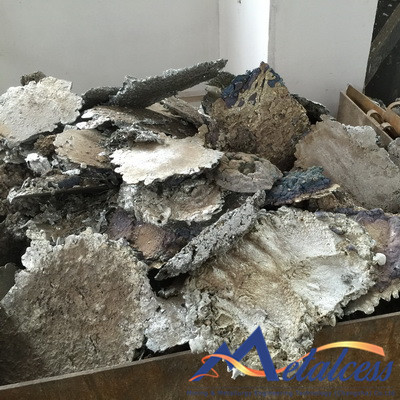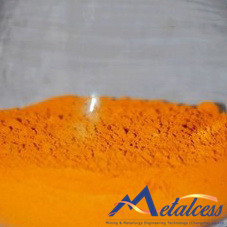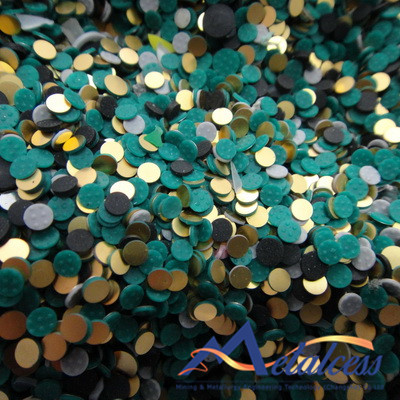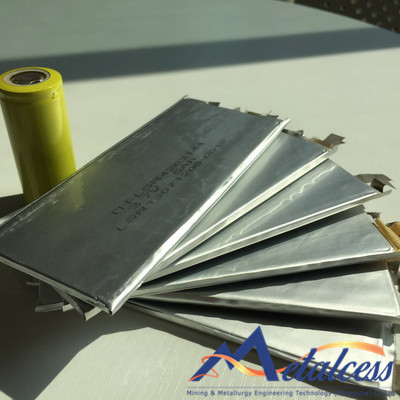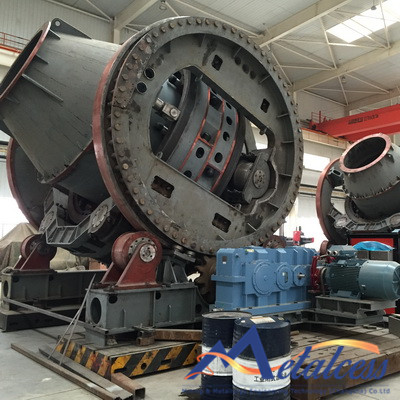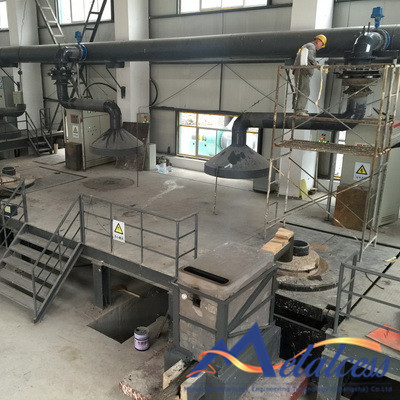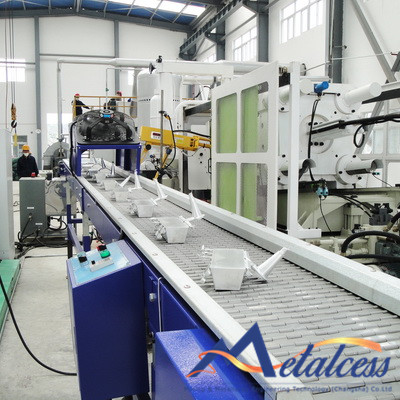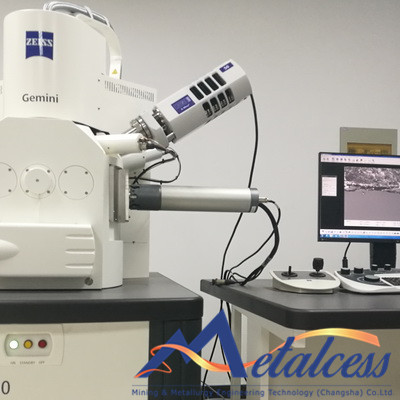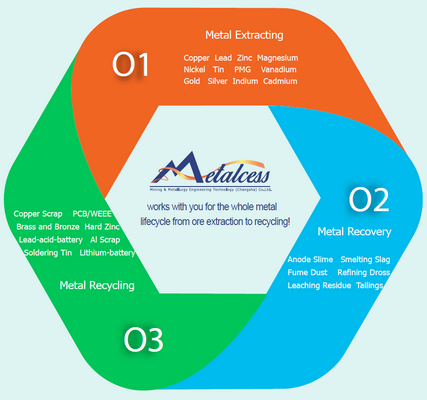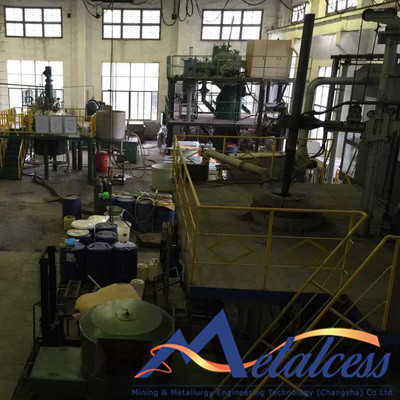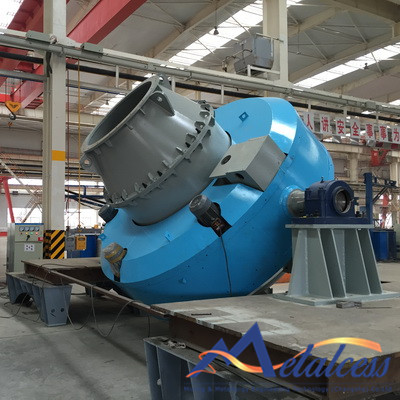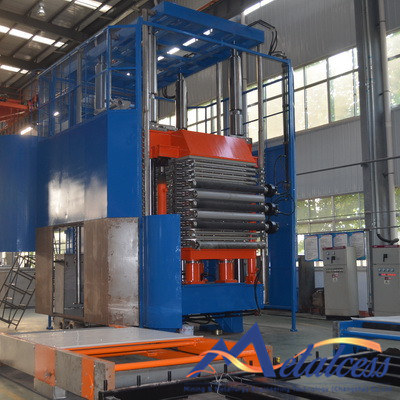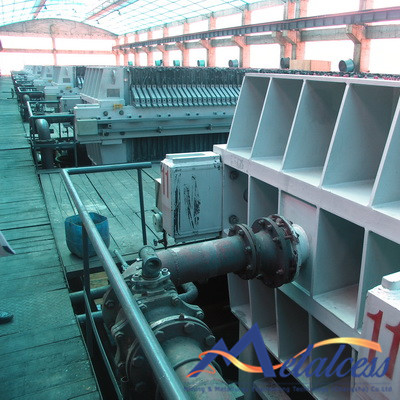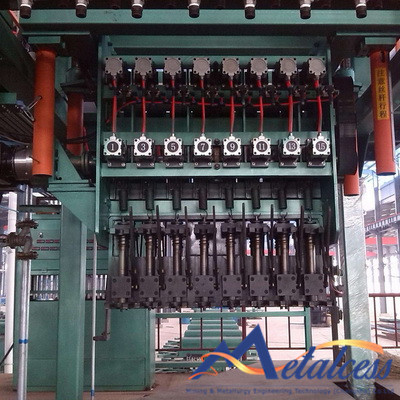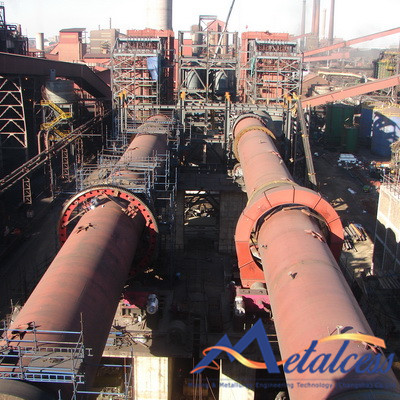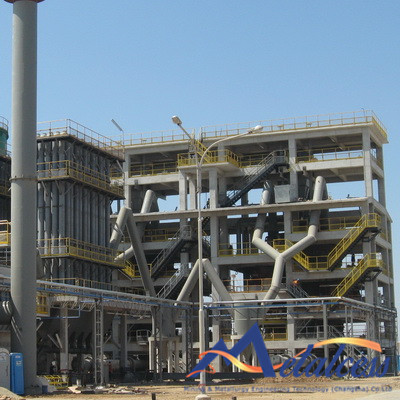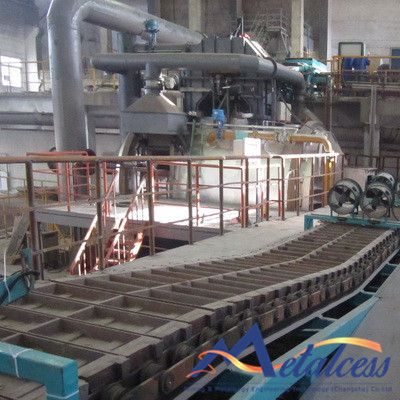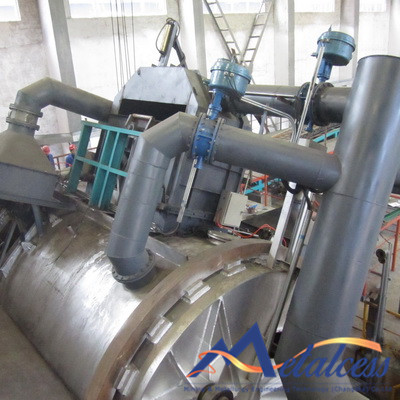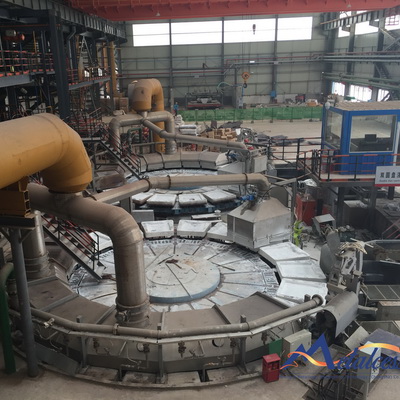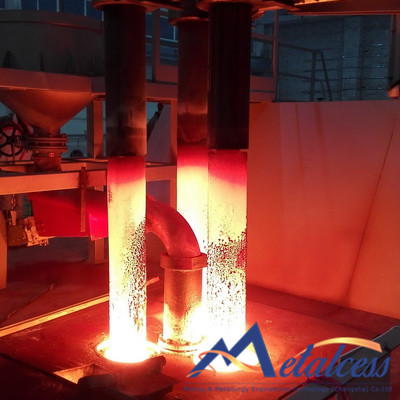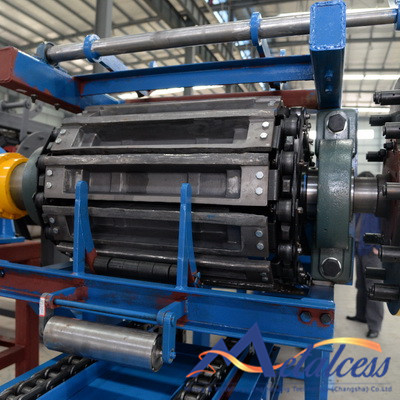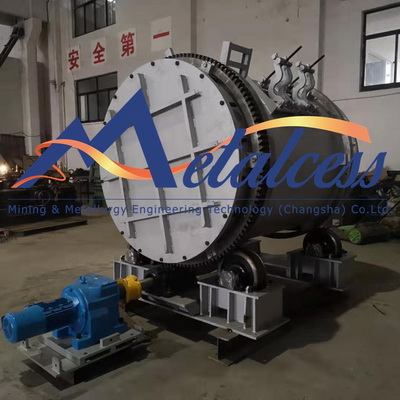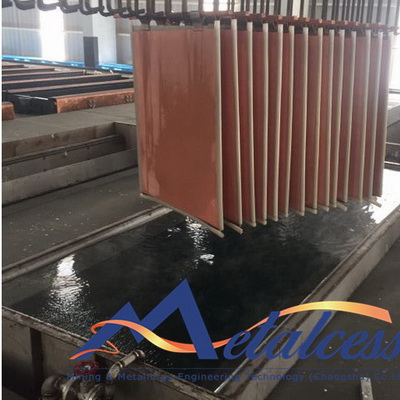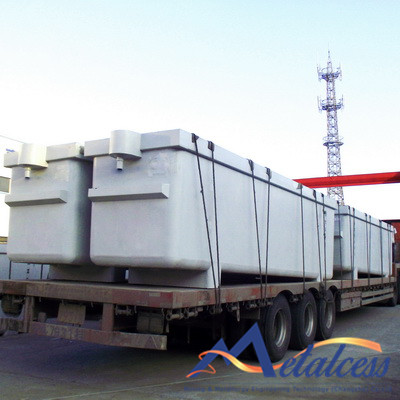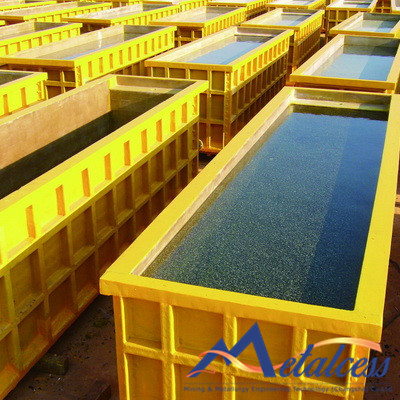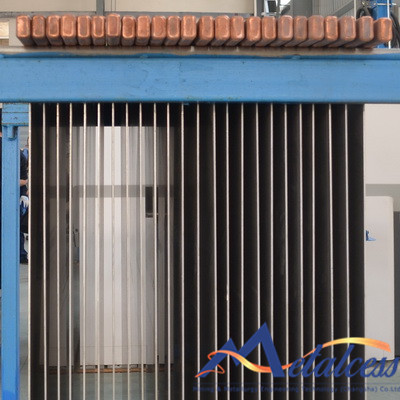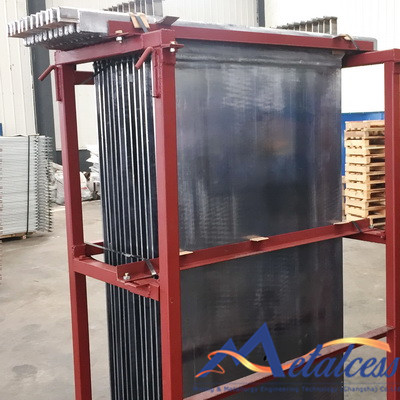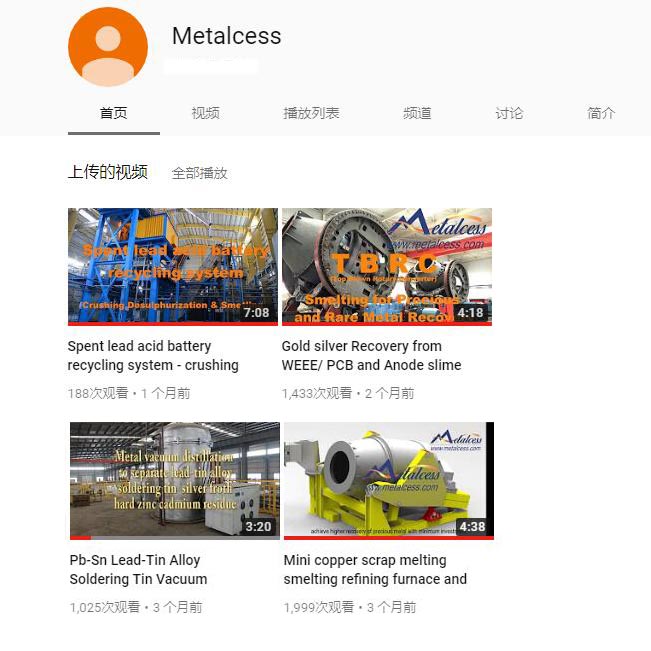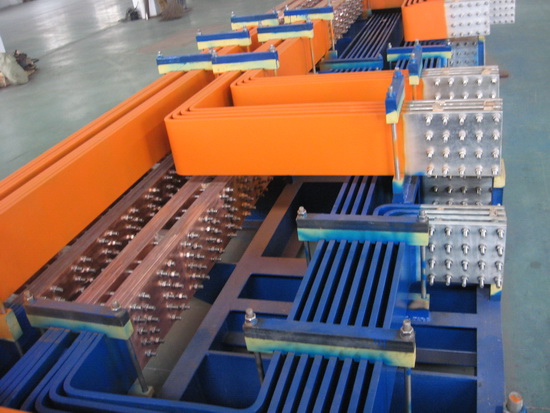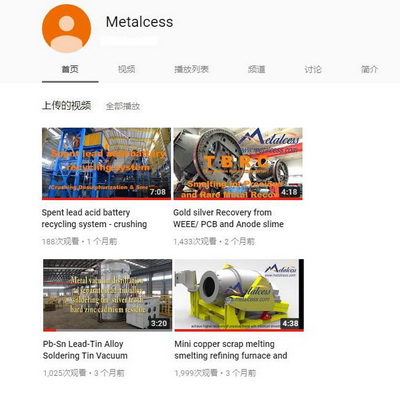-
Metal Extracting|
-
Copper Blast Furnace Smelting
-
Copper Bottom Blowing Furnace Smelting & Converting
-
Copper Side Blowing Furnace Smelting & Converting
-
Copper Electrorefining Plant Design & Configuration
-
Copper Ore Hydrometallurgy and Pressure Leaching
-
Copper Sulphate Crystallization and MVR
-
Copper Anode Slime Recovery
-
Waste Copper Scrap Recycling
-
Lead Blast Furnace Smelting
-
Lead Bottom-blowing Furnace Oxidation & Reduction
-
Lead Side-blowing Furnace Oxidation & Reduction
-
Lead Bullion Fire-refining and Electrorefining Process
-
Lead Harris/Parkes Refining Dross Recovery
-
Parkes Dross (Silver Froth) from Lead Fire-refining (Distillation Separation)
-
Secondary Lead Recycling
-
Lead Anode Slime Treatment
-
Zinc Blast Furnace Smelting
-
Zinc Leaching and Purification
-
Zinc Pressure Leaching (ZPL)
-
Jarosite/Goethite Precipitation for Iron Removal
-
Zinc Leaching Residue Pb, Ag & In Recovery
-
Zinc Electrowinning Plant Design & Configuration
-
Crude Zinc Oxide Recovery (Ammonium Leaching & ER Process)
-
Hot Dip Galvanizing Slag (Hard Zinc) Recovery
-
PLS Fluorine and Chlorine Removal
-
-
Know-how|
-
Hot Dip Galvanizing Zinc Recovery
-
Precious Metal Recovery from Anode Slime
-
Silver Froth (Parkes Dross) Distillation to separate Silver,Lead & Zinc
-
Lead Bullion Fire Refining Process Overview (How to Remove Cu Sn Ag)
-
Crude Zinc Oxide Dust Recovery
-
Vanadium Recovery from Fume Dust and Slag
-
Leaching Residue with PM
-
Low Magenetism Iron Residue Recovery
-
-
Service|
-
Equipment|
-
Copper Rod Upward Casting
-
Waelz Kiln
-
Flash Magnetization Roasting Furnace
-
Multiple-hearth Furnace
-
Shaft Furnace
-
Zinc Ingot Casting Line
-
Zinc Melting Cored Induction Furnace
-
Copper Rod Continuous Casting and Rolling
-
Tiltable Rotating Converter (TRC)
-
Copper Anode Casting Wheel
-
Tin Spiral Finned Crystallizer
-
Electrical Arc Furnace
-
Lead Ingot Casting Machine
-
Top Blown Rotary Converter (TBRC)
-
Rotary Reverberatory Furnace (Anode Furnace)
-
Blast Furnace
-
-
Consumables|
-
Events|
-
About Metalcess|





